In summer of 2023, Hong Kong sweltered as world set heat record
Hong Kong had its hottest summer ever in 2023. The city recorded an average temperature of 29.7 degrees Celsius (about 85 Fahrenheit) in August, the highest since records began almost 140 years ago. It coincided with higher temperatures in mainland China and elsewhere in Asia as global climate change also sent the mercury rising in North America and Europe. The UN’s World Meteorological Organisation described August as Earth’s hottest month ever “by a large margin”. It prompted UN Secretary General Antonio Guterres to warn: “Our planet has just endured a season of simmering - the hottest summer on record. Climate breakdown has begun”.
Hotter summers
Older Hongkongers recall a time when there were milder summers and colder winters. Here’s data from the last 50 years showing how the number of very hot days (above 33 degrees) and extremely hot days (above 35 degrees) has increased.
1973-2023 (Hong Kong Observatory Weather Station)
Why Hong Kong can feel hotter
Hong Kong, home to almost 7.5 million people, suffers from what is called the urban heat island (UHI) effect because of its highly dense urban environment. Lots of buildings, concrete and poor air flow can make some city areas feel stifling. It can feel warmer than the countryside by as much as 5 degrees, particularly during the hot, humid summer months from May until the end of September.
Air conditioning in Hong Kong
When the temperature soars in Hong Kong, beating the heat can mean
taking refuge inside a cool shopping centre or turning on one or
more air conditioners at home. Air conditioners are so prevalent
in Hong Kong they account for 30 per cent of Hong Kong's
electricity usage, even more in summer. What’s more, residential
and commercial buildings contribute 60 per cent of the city’s
greenhouse gas emissions. It’s a vicious cycle. As we burn fossil
fuels to generate electricity, we pollute the atmosphere with
heat-trapping gases, feeding the need for more air conditioners.
1973-2023 (Hong Kong Observatory Weather Station)
The summer of 2023 has been especially hot as seen in the calendar below, with 40 (43% of the full summer) very hot or extremely hot days up until September 18.
1973
Daily maximum temperature
1983
Daily maximum temperature
1993
Daily maximum temperature
2003
Daily maximum temperature
2013
Daily maximum temperature
2023
Daily maximum temperature
What happens when it’s really hot?
For some, a hot day means cooling off at the beach or swimming pool. For others, there can be little relief, and the health risks can be high.
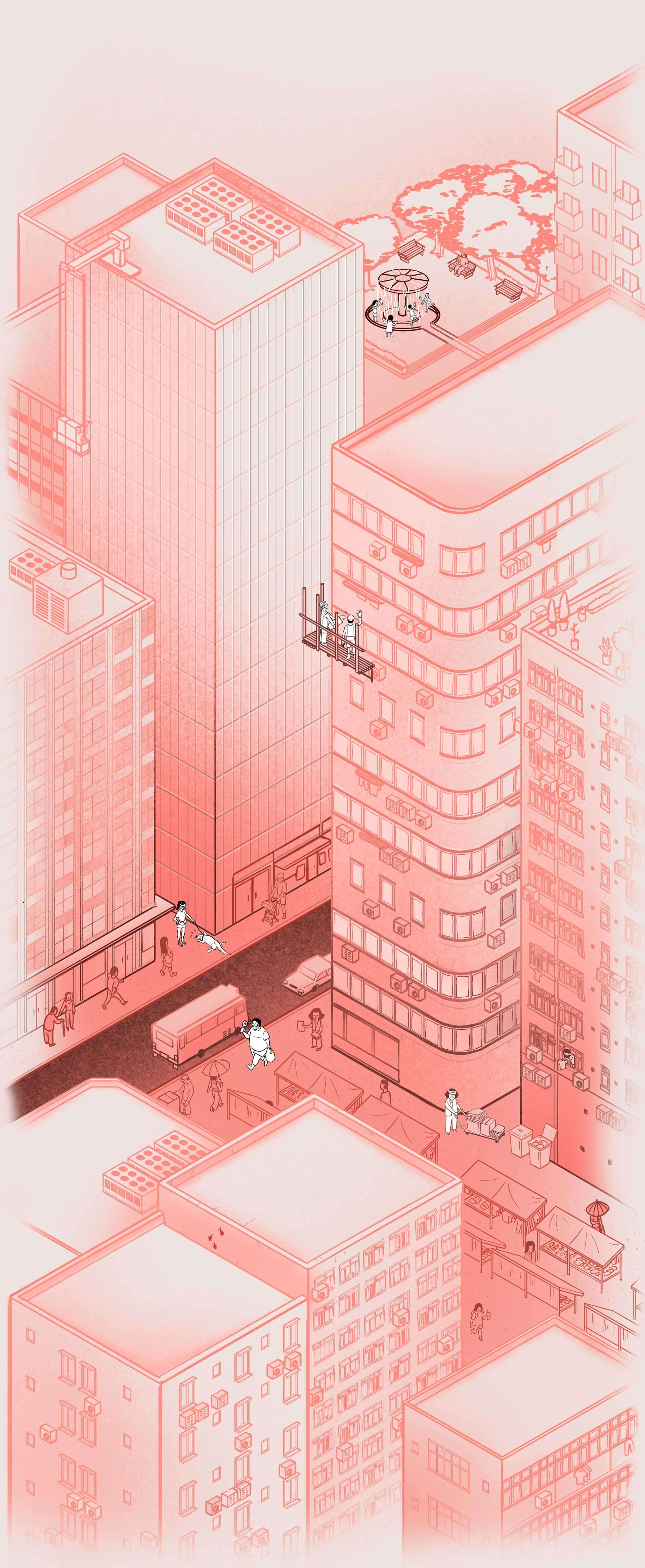

Children and babies have a lower ability to regulate their body temperature and can overheat quickly when it’s very hot. They are also more likely to become dehydrated.

Even physically fit people can succumb to heat stress if they exert themselves without proper hydration and sun protection. Strenuous outdoor activity isn’t advised in extremely hot weather.

Construction work is hard regardless of the weather. Industry guidelines suggest construction workers take more breaks when a government heat alert is issued.

Some dogs, like long-hair and flat-nose breeds, feel the heat. They can get very sick from heat stress, and proper hydration is vital.

The elderly is another high risk group, particularly those with chronic health conditions. Calls to emergency lines increase on hotter days.

Overweight and obese adults are at a higher risk of fatal heatstroke.
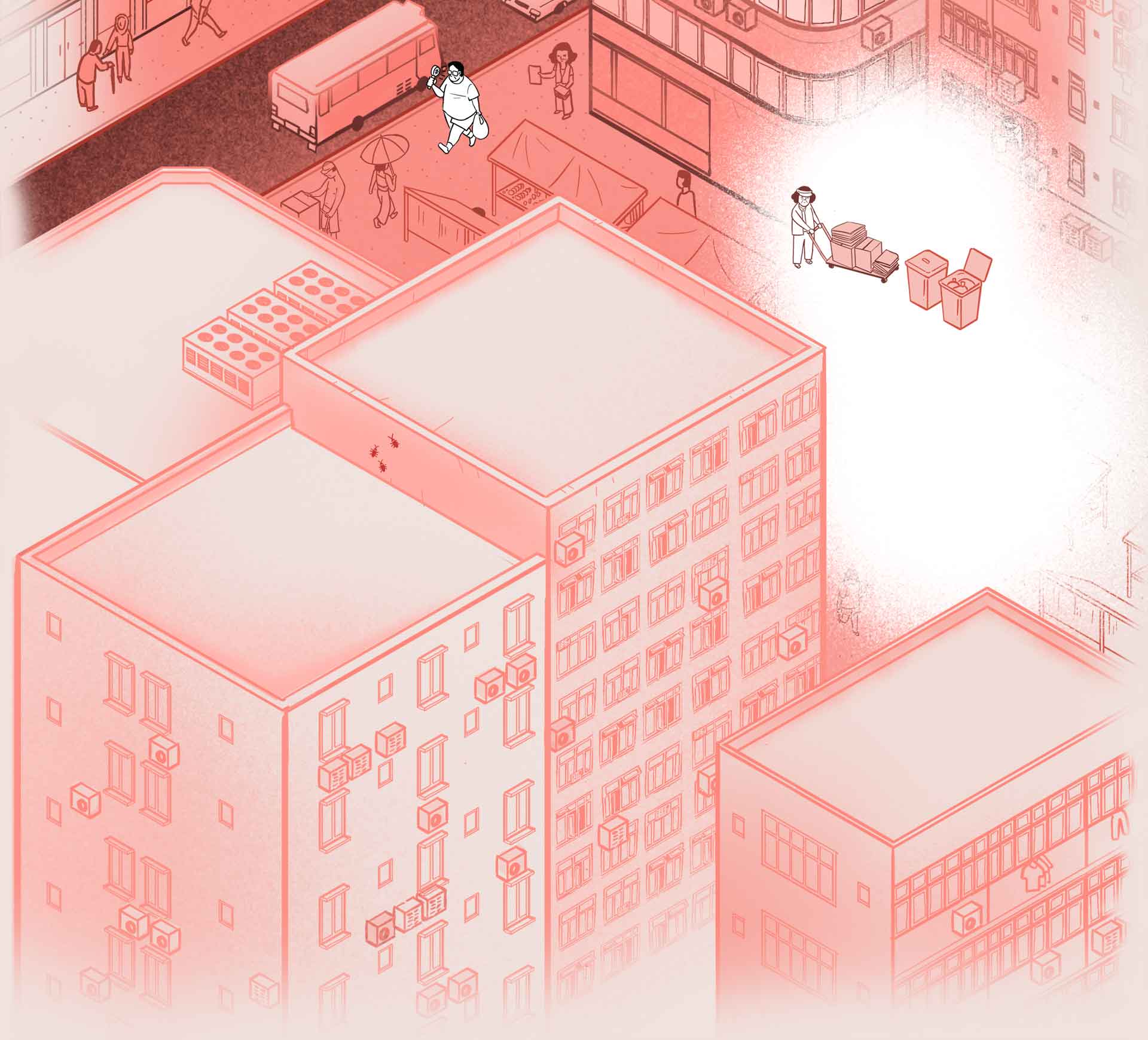
Outdoor workers such as cleaners also spend many hours in the sun. Those in rural areas don’t always have access to designated covered areas for rest breaks.
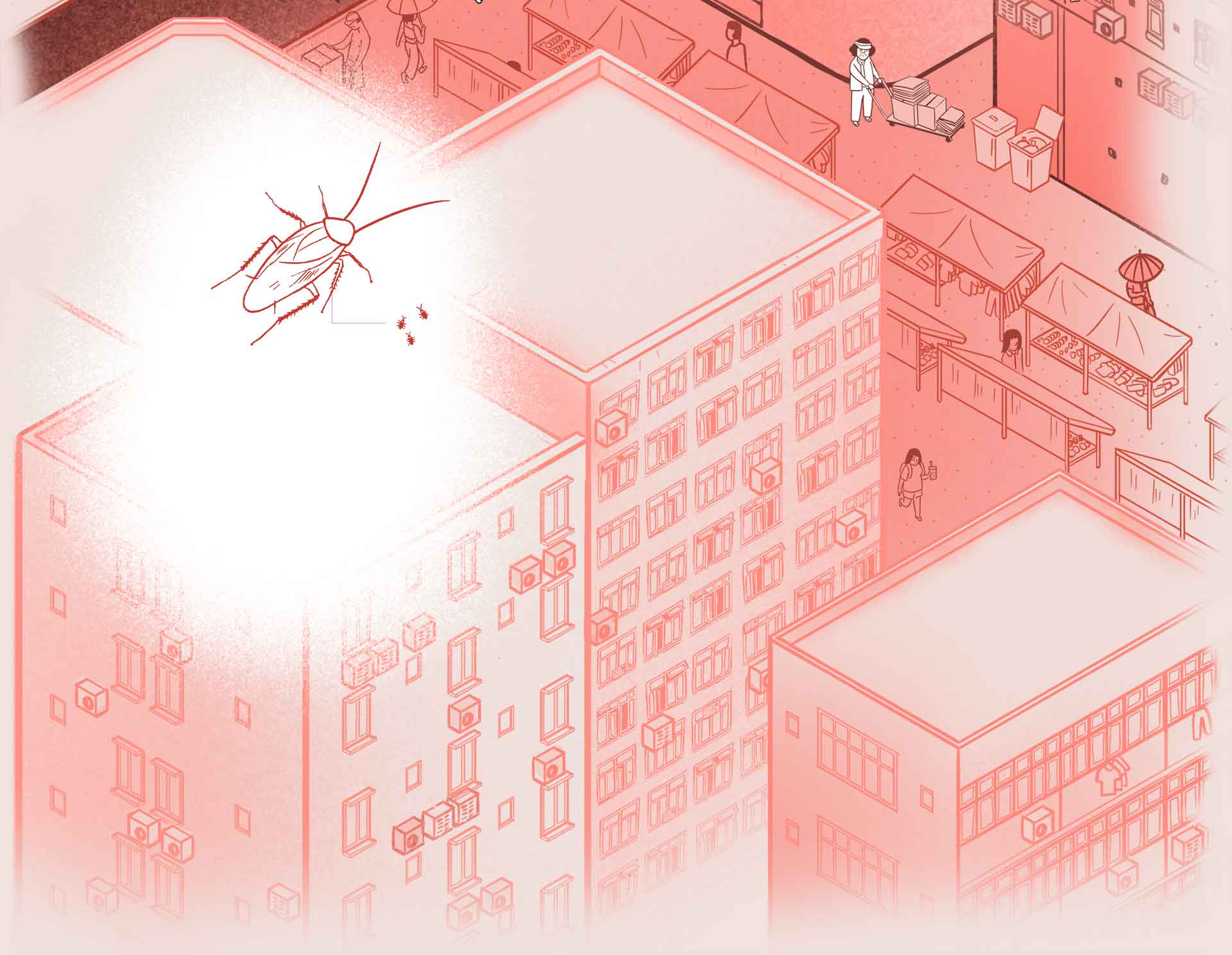
The summer humidity provides the ideal warm, damp environment for cockroaches to thrive.

Hot weather impacts low-income households, with those living in subdivided flats and unable to afford air conditioning among the worst affected.
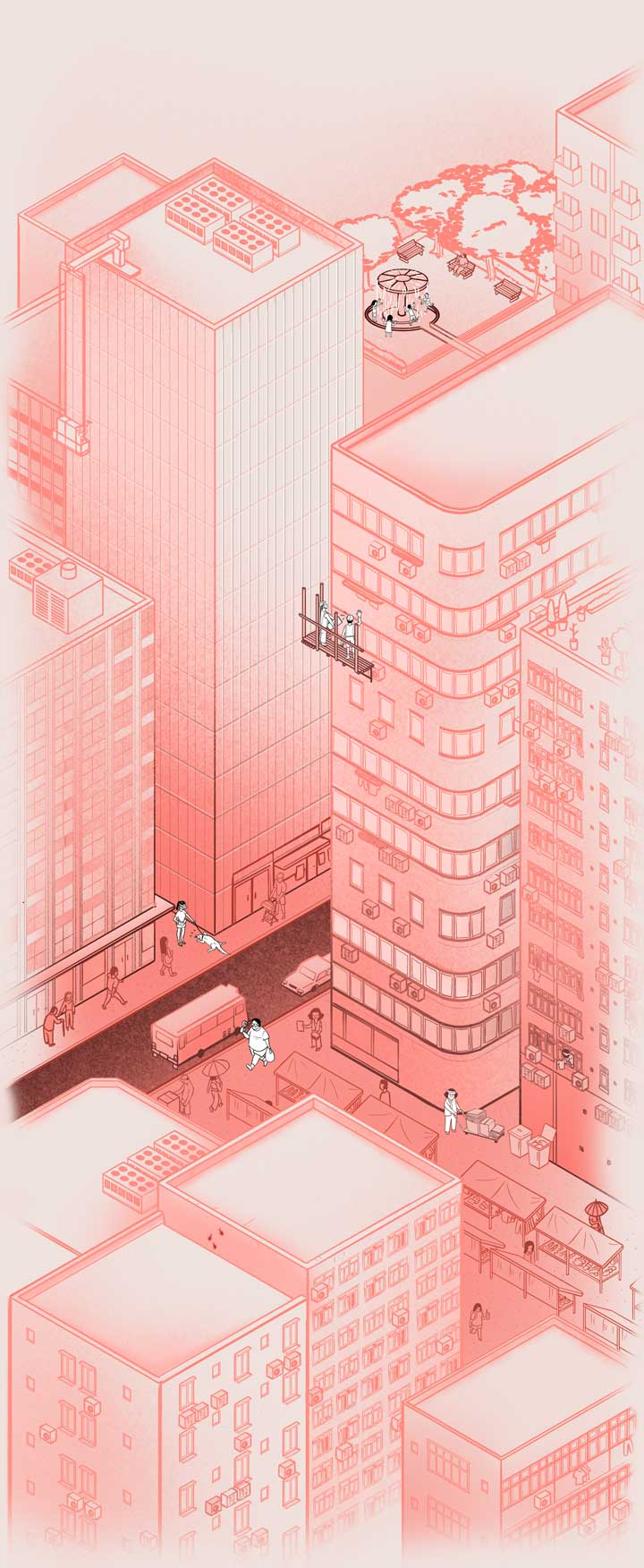
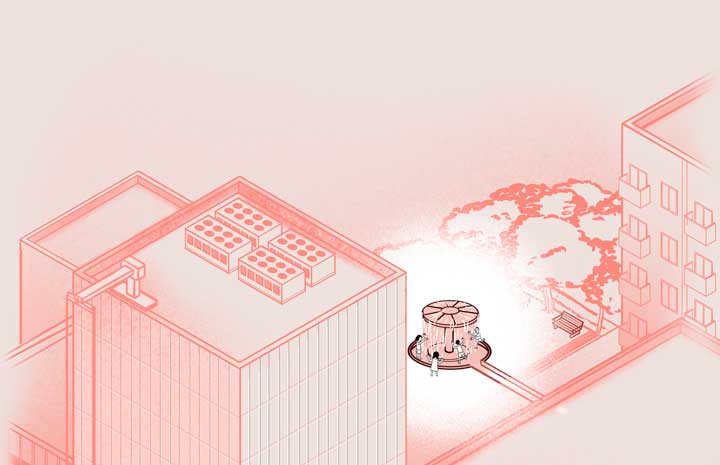
Children and babies have a lower ability to regulate their body temperature and can overheat quickly when it’s very hot. They are also more likely to become dehydrated.
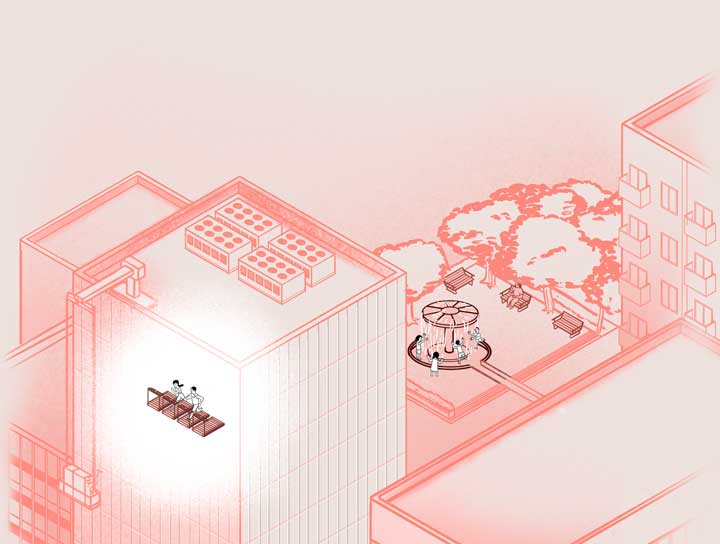
Even physically fit people can succumb to heat stress if they exert themselves without proper hydration and sun protection. Strenuous outdoor activity isn’t advised in extremely hot weather.
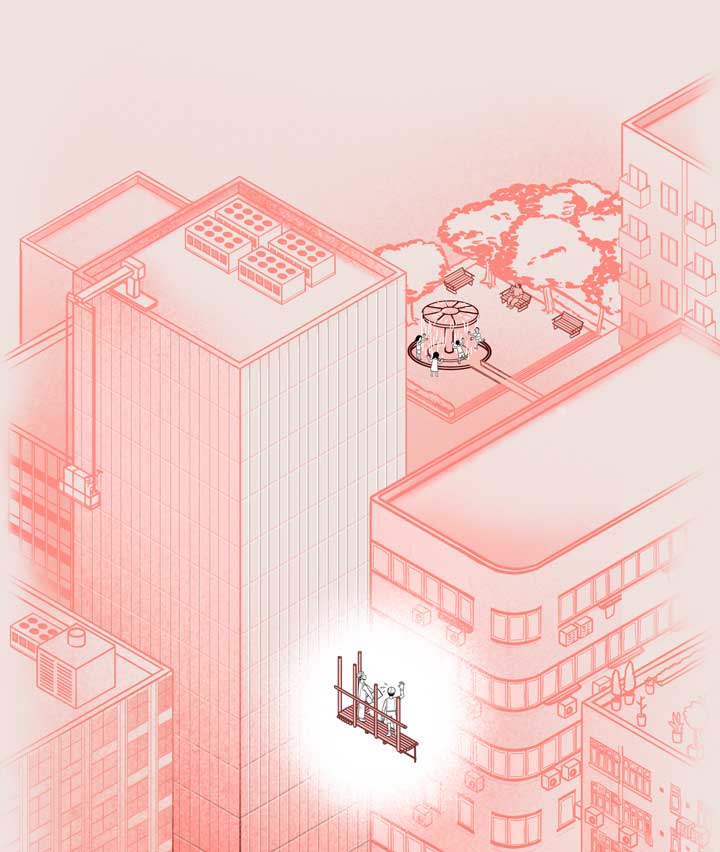
Construction work is hard regardless of the weather. Industry guidelines suggest construction workers take more breaks when a government heat alert is issued.
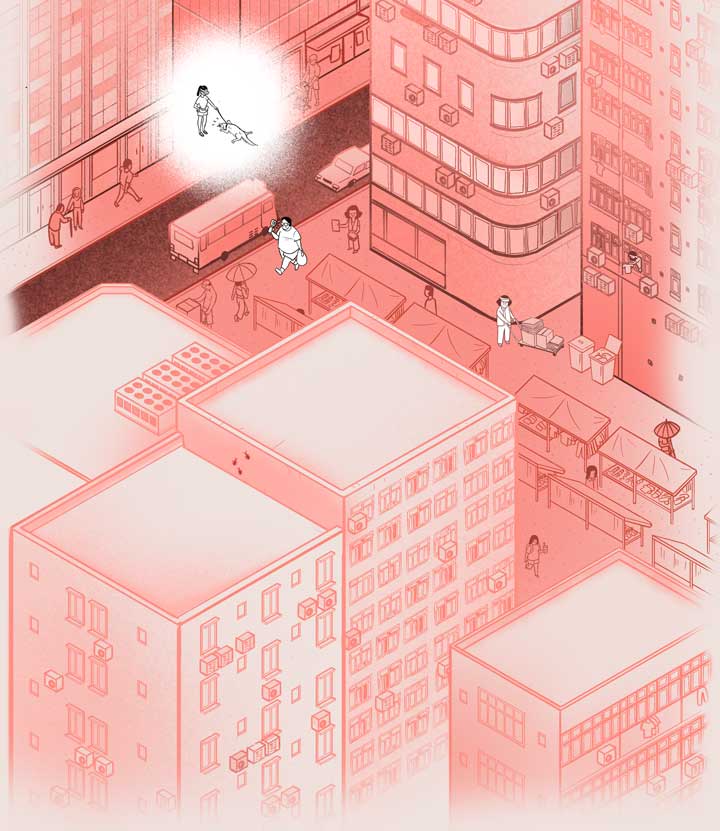
Some dogs, like long-hair and flat-nose breeds, feel the heat. They can get very sick from heat stress, and proper hydration is vital.

The elderly is another high risk group, particularly those with chronic health conditions. Calls to emergency lines increase on hotter days.
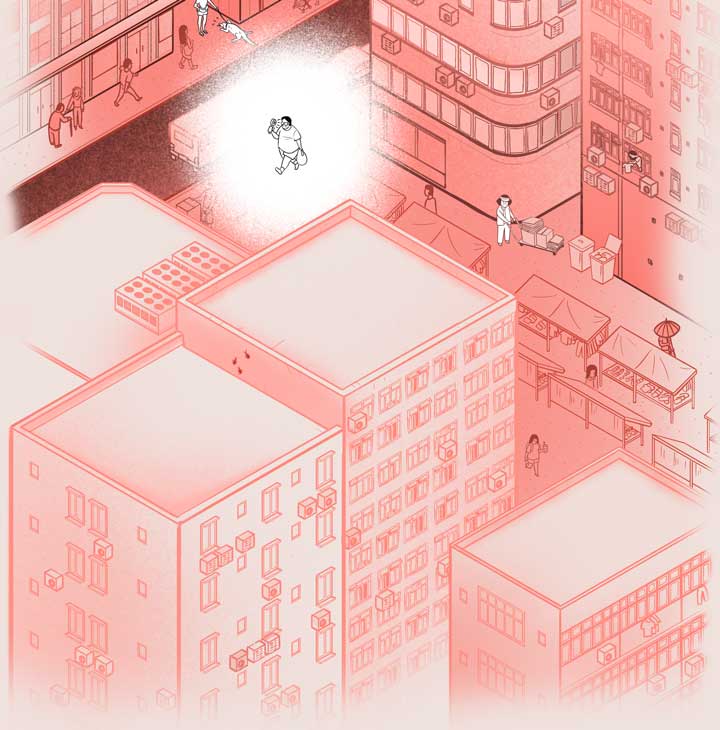
Overweight and obese adults are at a higher risk of fatal heatstroke.
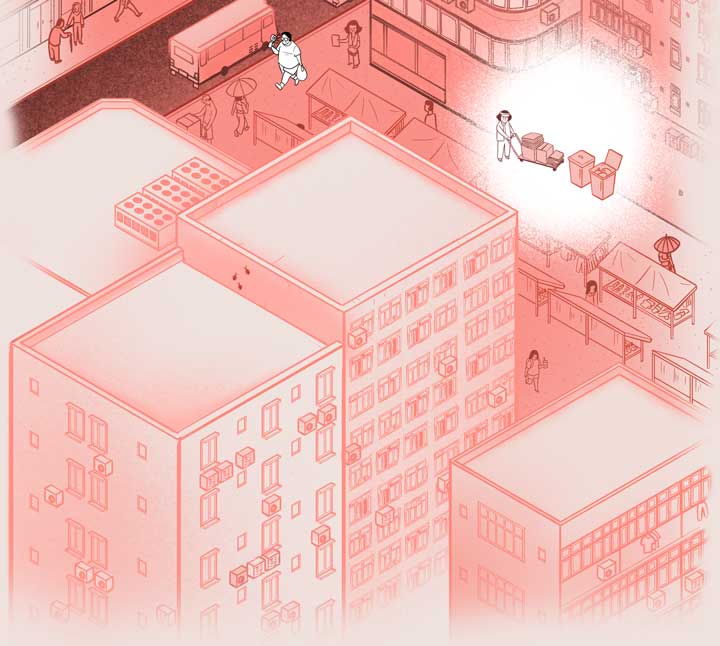
Outdoor workers such as cleaners also spend many hours in the sun. Those in rural areas don’t always have access to designated covered areas for rest breaks.
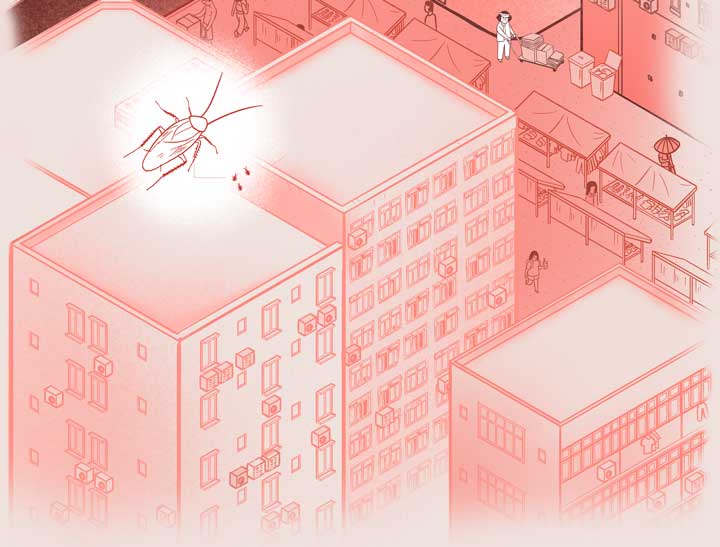
The summer humidity provides the ideal warm, damp environment for cockroaches to thrive.

Hot weather impacts low-income households, with those living in subdivided flats and unable to afford air conditioning among the worst affected.
Heat and health
Anyone who has lived in subtropical Hong Kong or spent considerable time in the city knows how uncomfortable it can be when it’s both very humid and hot. Cooling down through perspiration can be difficult, and outdoor physical activity becomes harder. If heat energy cannot be easily dissipated, body temperature rises, which can lead to heat stress. Here’s a look at what can happen to the body on a hot Hong Kong day.
Hospital admissions
Hospitalisations rise during extreme temperatures. A 2013 study suggested that overall admissions in Hong Kong rose by 4.5 per cent for every 1 degree increase above the daily mean temperature of 29 degrees.

Extreme heat can exacerbate mental health issues, causing irritability, stress, even aggression.
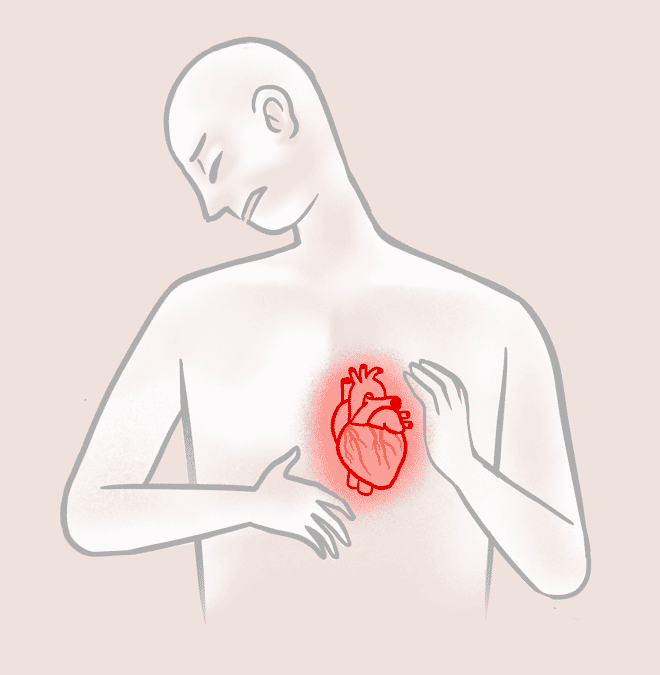
Heat exposure places an increased strain on the heart.
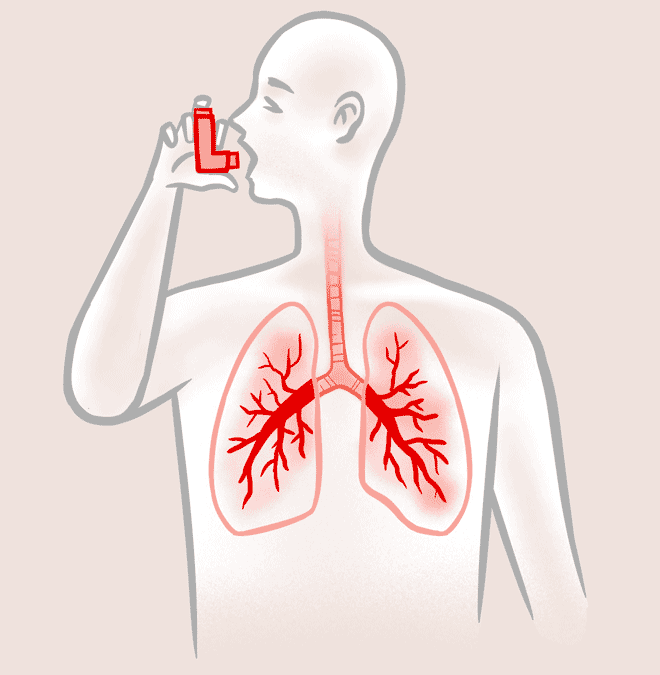
Hot, humid air can cause asthma symptoms.
Cold and very hot weather warnings
The Hong Kong Observatory issues warnings for very hot and cold weather, and in some circumstances the Hong Kong government may open temporary cooling shelters. The chart below shows the frequency of very hot weather warnings since 2000, which almost doubled in the last decade.
Three-tier heat warning system
In May 2023, Hong Kong’s Labour Department launched a new three-tier warning system to reduce the risk of heatstroke among outdoor workers, as well as those indoors without air conditioning and staff in proximity to heat sources. It is based on the Hong Kong Heat Index, which was co-developed by the Observatory and Chinese University and considers the relative humidity, intensity of sunlight and temperature. The new measure is a three-colour code system comprising amber, red and black. Amber signifies high heat stress, while red and black refer to very high and extremely high, respectively.
Associate Creative Director Marcelo Duhalde
Edited by Andrew London
Additional web development by Yan Jing Tian and
Dennis Wong
Sources: South China Morning Post archives, BMC Public Health, Oxford Committee for Famine Relief, The Concern for Grassroots’ Livelihood Alliance, Hong Kong Green Building Council, Hong Kong Labour Department, Hong Kong Observatory